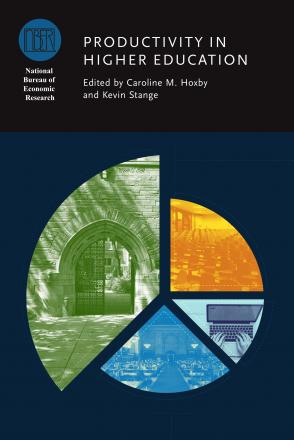The Productivity of US Postsecondary Institutions

The productivity of a postsecondary institution is its causal effect a student's lifetime outcomes ("value-added") divided by the lifetime cost of producing this effect. This study estimates the productivity of approximately 6,700 programs, which account for vast majority of undergraduate education in the US. The study remedies the selection problem by comparing outcomes for students who not only have the same measured incoming achievement but who also apply to the same colleges, thus revealing similar interests and motivation. It uses longitudinal data to compute lifetime costs, and it computes benefits based not only on earnings but also on public service and innovation. The study's most striking finding is that, when earnings are used to measure benefits, the productivity of a dollar is fairly similar across a wide array of selective postsecondary institutions. This is noteworthy because the most selective schools spend several times as much per student as those that are only modestly selective. The result suggests that market forces compel an allocation of educational resources that is roughly efficient among selective institutions. However, compared to selective institutions, non-selective postsecondary institutions are less productive on average and vary greatly in their productivity. This result may indicate that market forces exert little discipline upon non-selective schools, allowing non-productive ones to attract students even when located side by side with more productive ones. The estimates of productivity are sufficiently high to rationalize, under certain economic logic, the tax deductibility of gifts to non-profit postsecondary schools.
-
-
Copy CitationCaroline M. Hoxby, Productivity in Higher Education (University of Chicago Press, 2018), chap. 2, https://www.nber.org/books-and-chapters/productivity-higher-education/productivity-us-postsecondary-institutions.Download Citation


